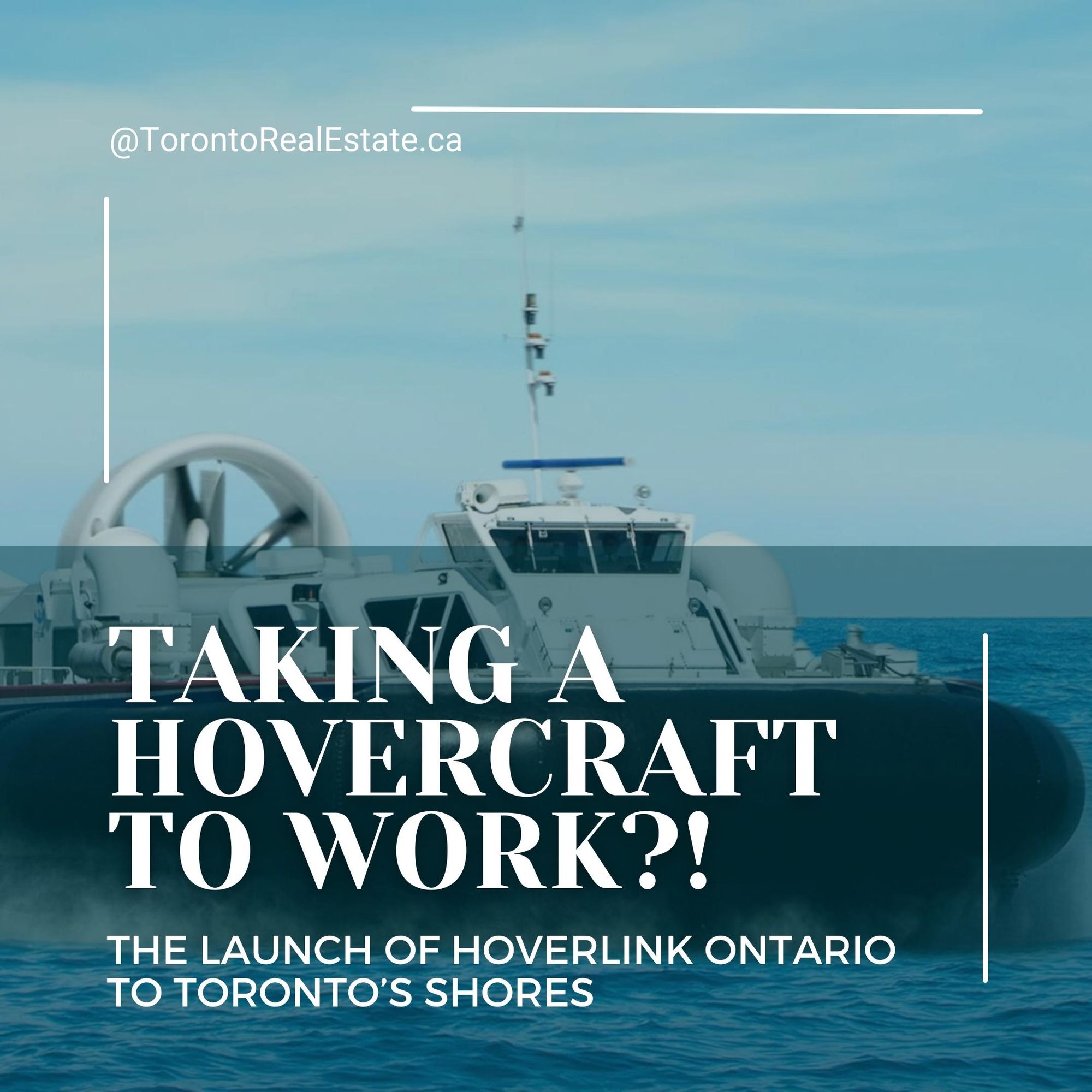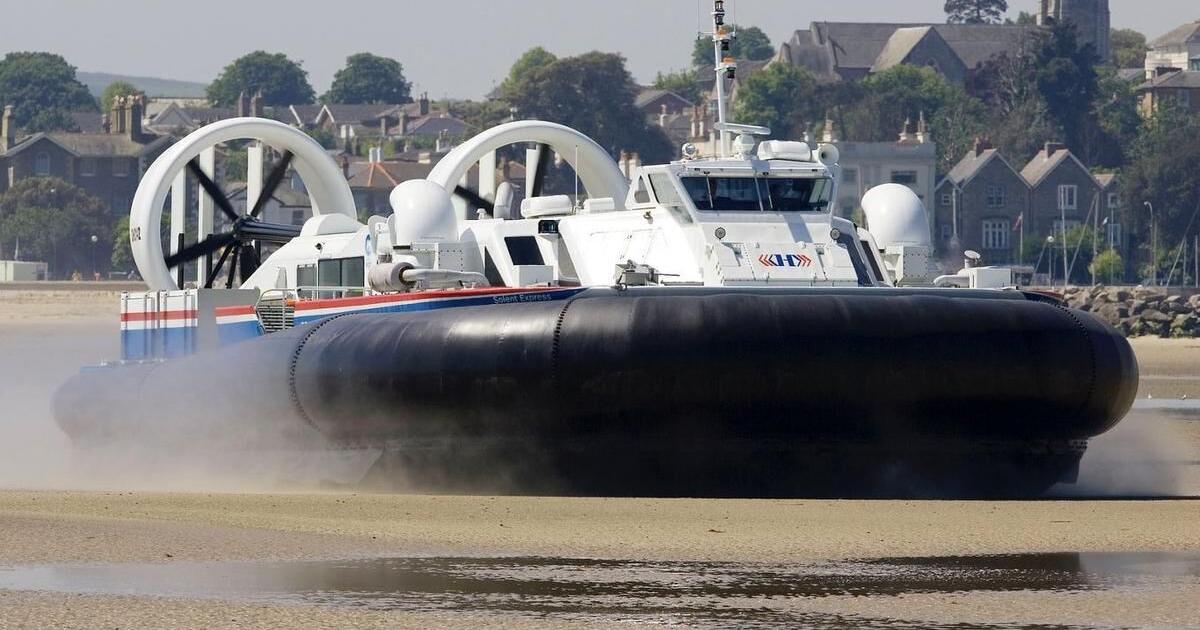
Hoverlink Ontario has pitched a vision that could redefine the rhythm of daily life for many in the Greater Toronto Area and Niagara Region.
While the hovercraft service teases a quicker, greener commute across Lake Ontario, its potential impact on the real estate markets could be felt in both regions.
Let's navigate through the complexities of this innovative project, including the delays that have tempered its launch and the local support buoying its ambitions.
The Hovercraft Promise: Modernity Meets Practicality
Hoverlink's proposed fleet, armed with advanced technology and tier 3 engines, is engineered to make the 30-minute cross-lake commute a reality.
Boasting low-emission engines and a capacity for 180 passengers, these hovercrafts are poised to replace the arduous 130-km journey along the QEW with a breezy lake crossing.
Priced competitively at $50 to $60 for a round trip, the service includes amenities like Wi-Fi and shuttle buses, making it an attractive alternative to traditional modes of transport.
This strategy could indeed open doors for those seeking efficient and comfortable travel; however, it's important to recognize that such a fare structure might not be accessible to all, particularly low-income commuters.
The Hovercrafts: Pros and Cons
The hovercrafts promise a smooth ride, with technological prowess to maintain comfort and speed.
However, the innovation does not come without concerns.
Noise levels, though touted to be low, and the impact on local wildlife are points of contention that Hoverlink will need to manage carefully.
Additionally, the promise of a comfortable ride will need to live up to expectations amidst variable lake conditions.
The Real Estate Ripple Effect
The introduction of a rapid cross-lake transit option could have profound implications for the real estate markets in both Toronto and St. Catharines.
For Toronto, with its sky-high property prices and competitive market, Hoverlink could offer some residents the option to seek more affordable housing across the lake without sacrificing accessibility to urban job centres.
In St. Catharines, the service could catalyze a surge in interest from buyers and renters alike, drawn by the blend of small-town charm and big-city connectivity.
This could lead to a diversification of the housing market, an increase in property values, and a boost in local economies as new businesses and developments spring up to cater to a growing population.
However, this growth must be approached with foresight. There’s the potential for gentrification pressures that could displace long-time residents or alter the character of neighbourhoods.
The balance between development and affordability is delicate, requiring careful planning to ensure that the benefits of growth are shared across the community.
The Delayed Start of Hoverlink's Service
Hoverlink Ontario's ambition to connect Toronto with St. Catharines through a swift hovercraft service is a glimpse into a future where distance is no longer a barrier.
However, this vision has yet to lift off from the drawing board, with its initiation pushed beyond the anticipated summer 2023 launch.
The delayed start is attributed to a host of operational complexities and the intricate dance of ensuring regulatory compliance.
Founder and CEO Chris Morgan highlighted the necessity of navigating through these challenges to ensure not just a successful launch but also a reliable and safe service for all future passengers.
St. Catharines has played a pivotal role in this phase, showcasing unwavering support for the project.
Local officials, aware of the transformative potential of Hoverlink, have been advocating for the service, engaging with provincial ministers to discuss the city's readiness to embrace the hovercraft's arrival.
How would a transportation option like Hoverlink change your approach to real estate & life in Toronto?
Let me know what you think in the comments below!
Rylie C.
Sources





Comments